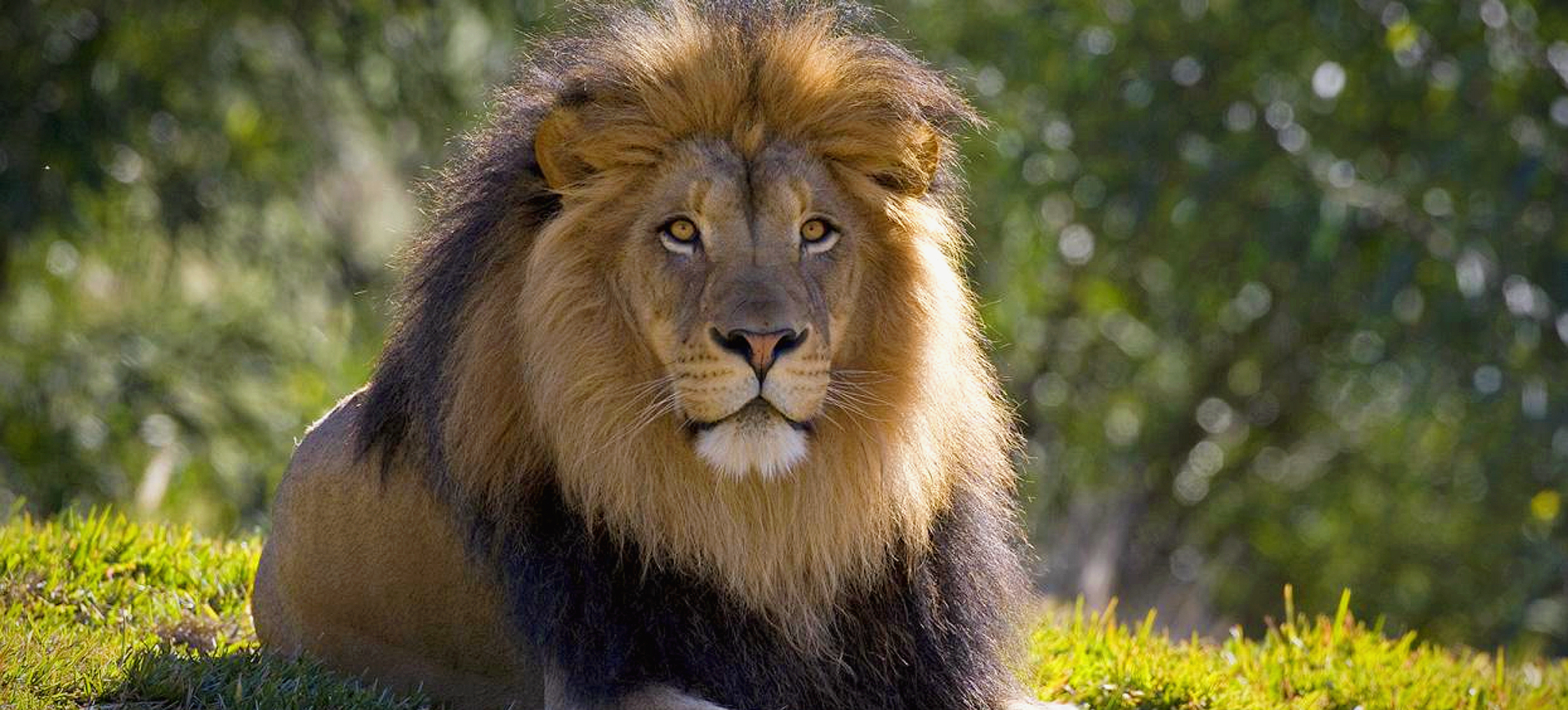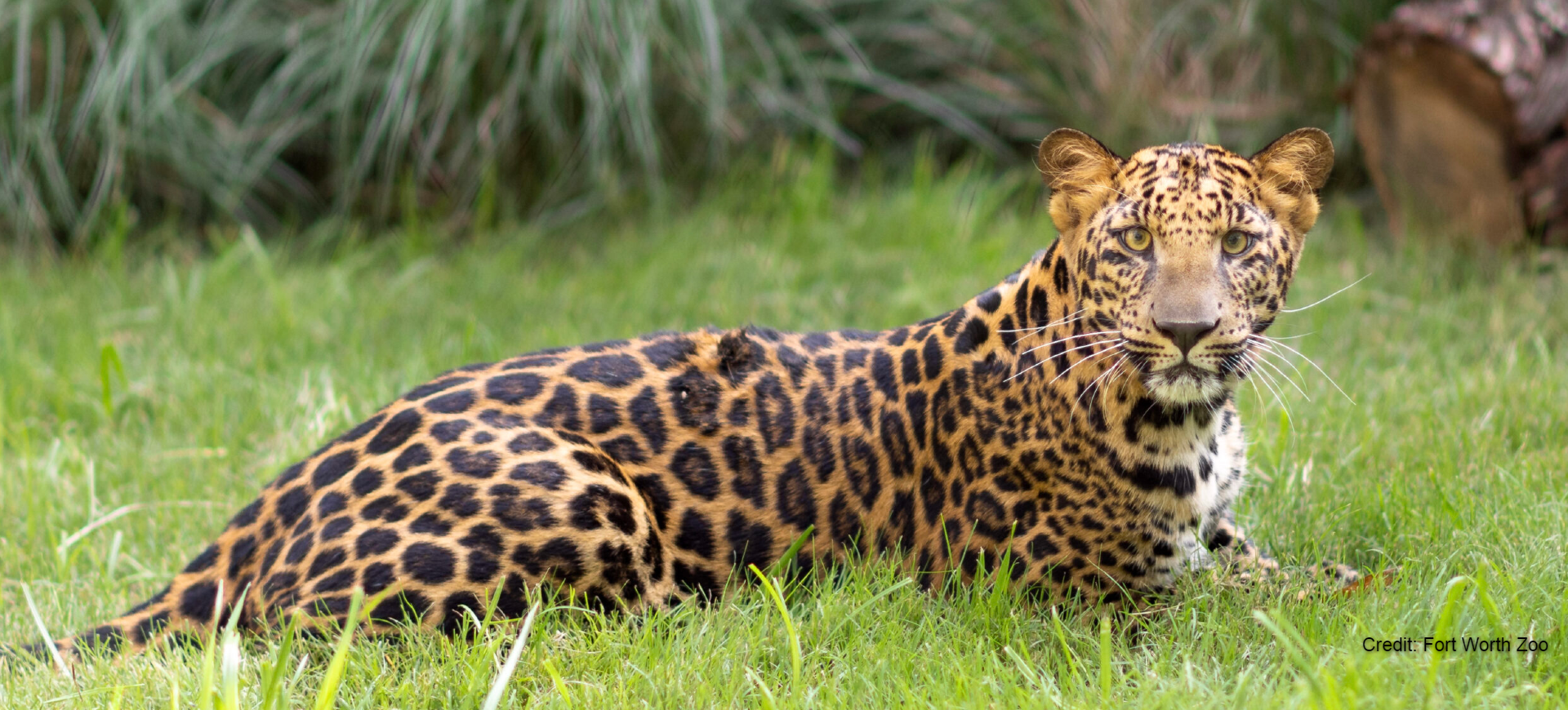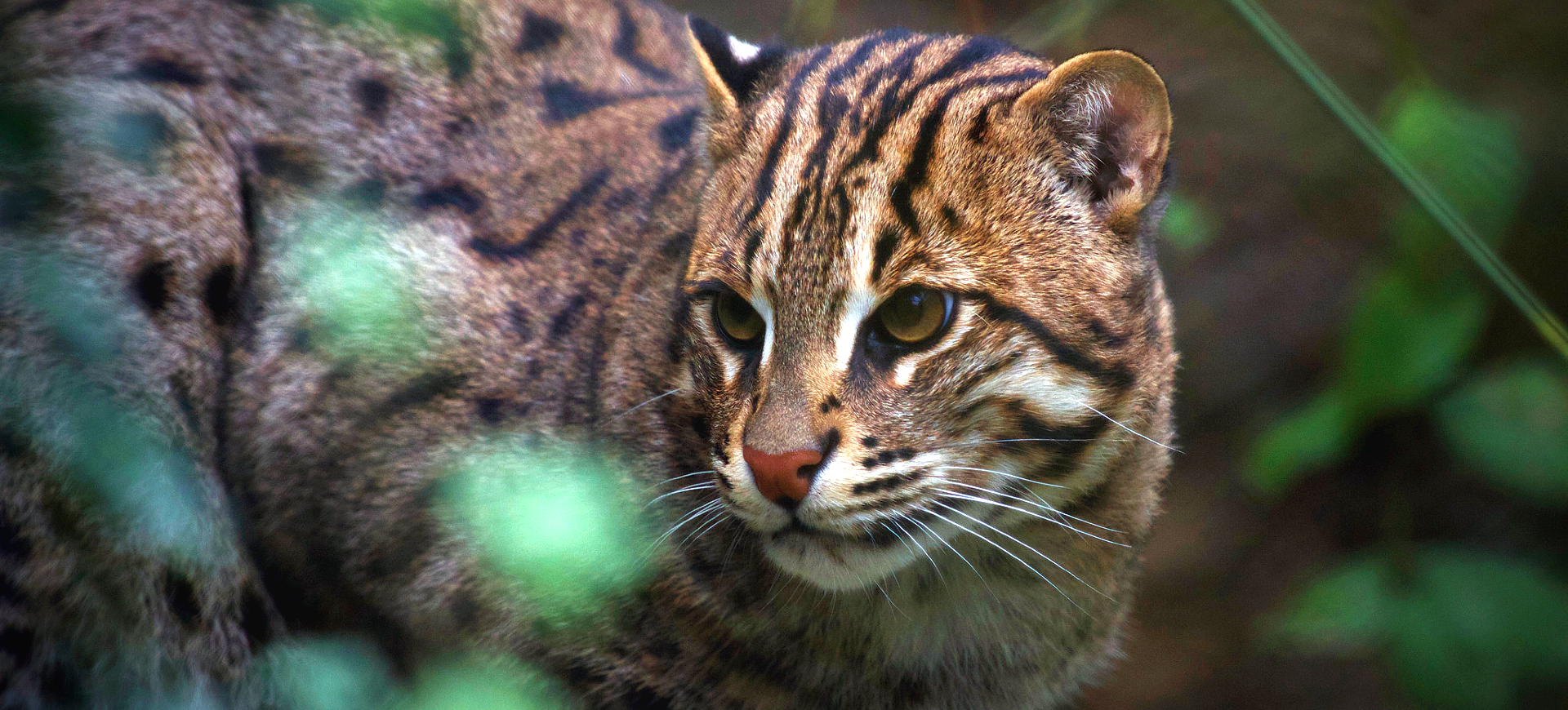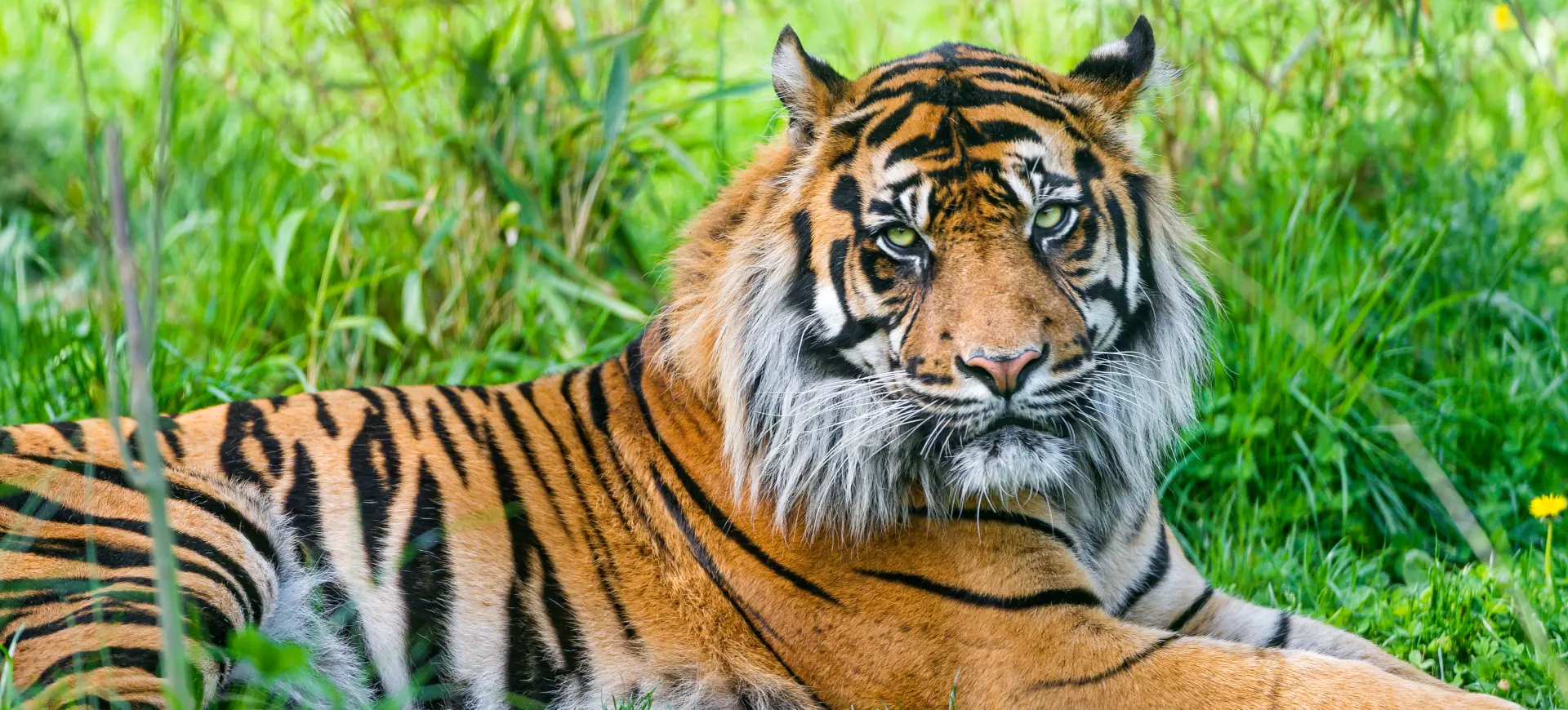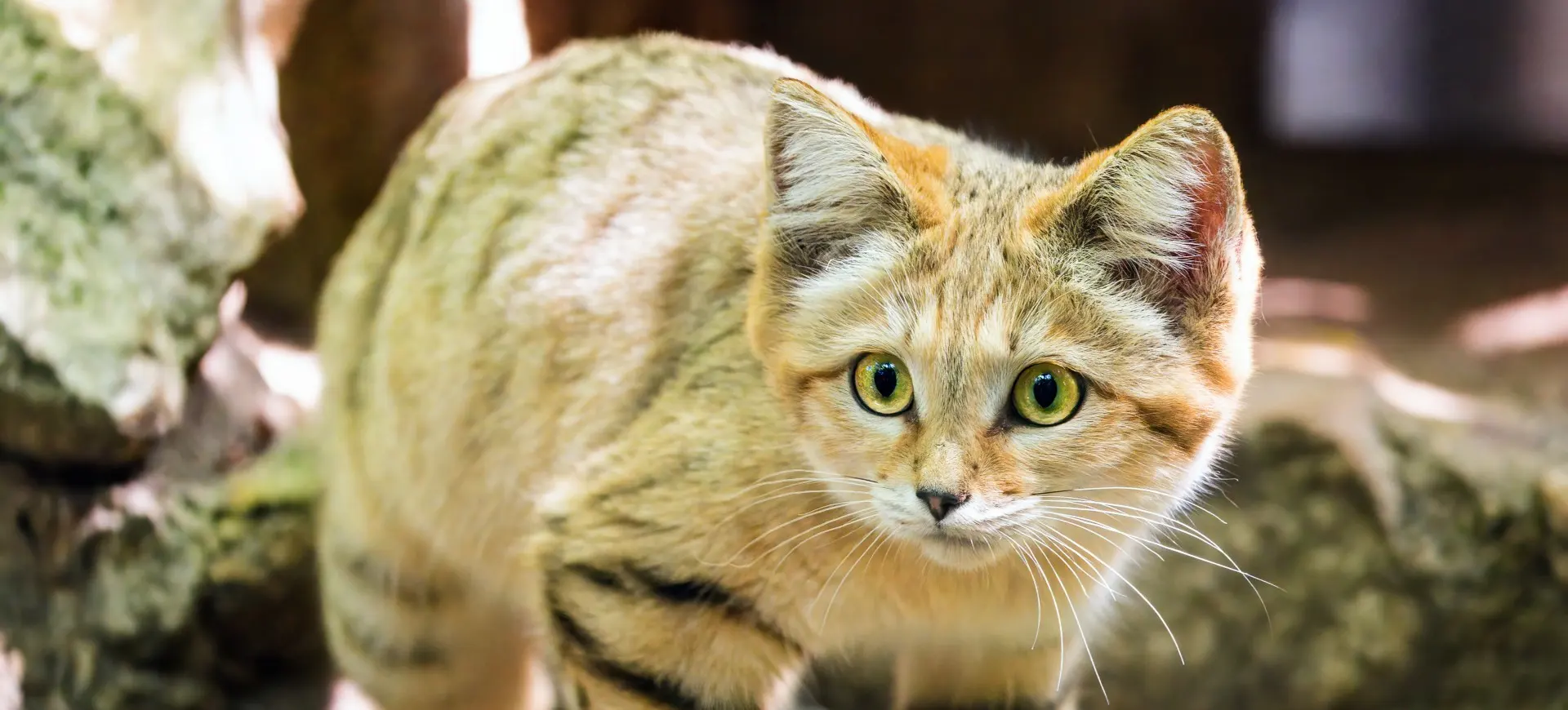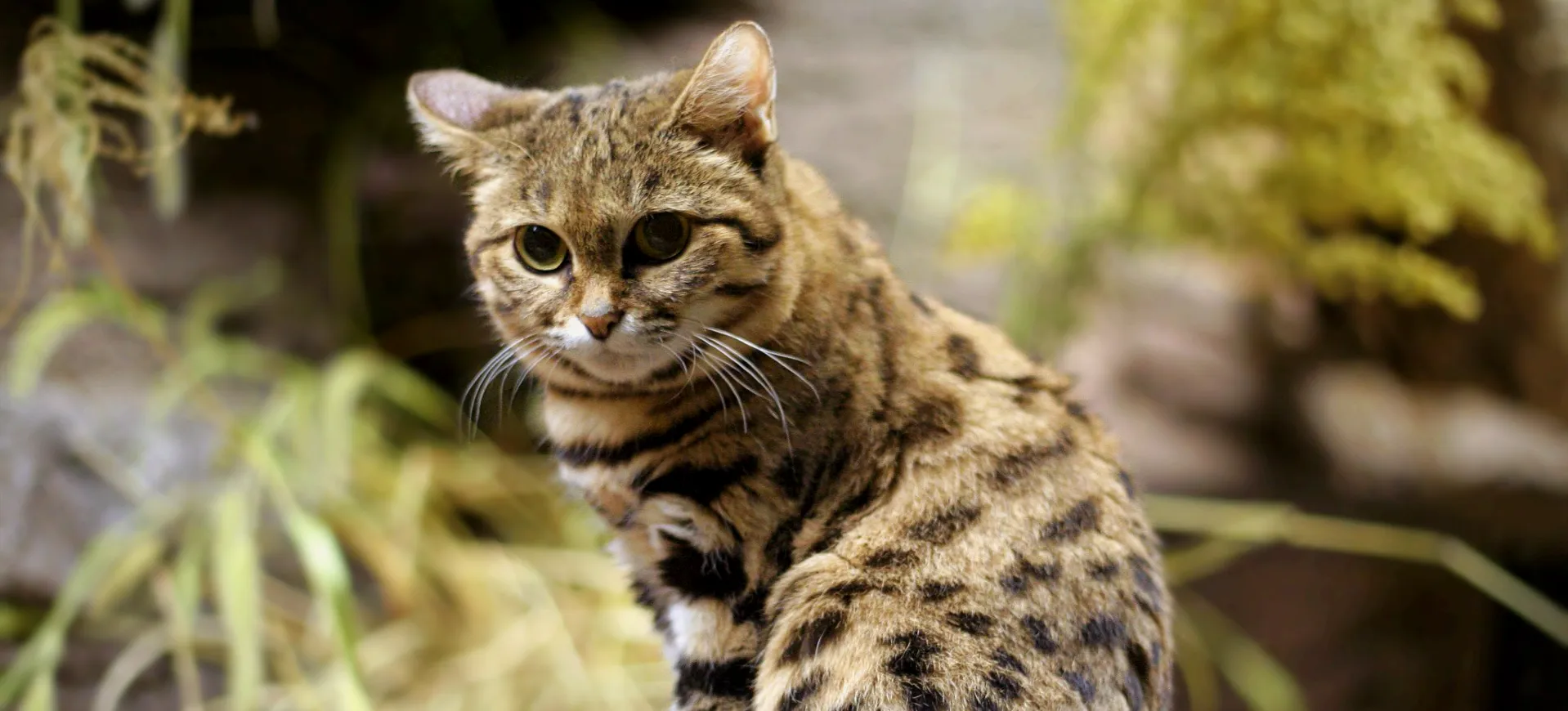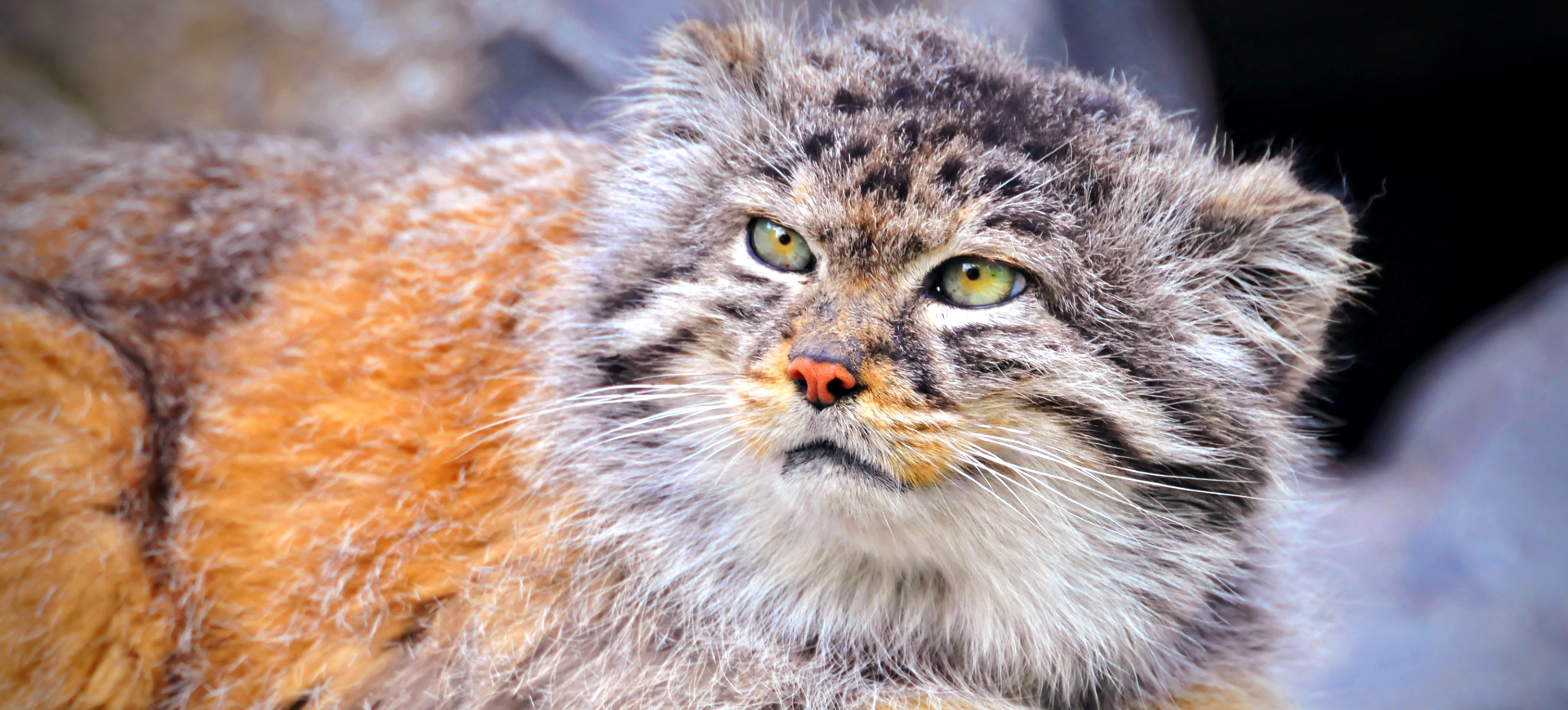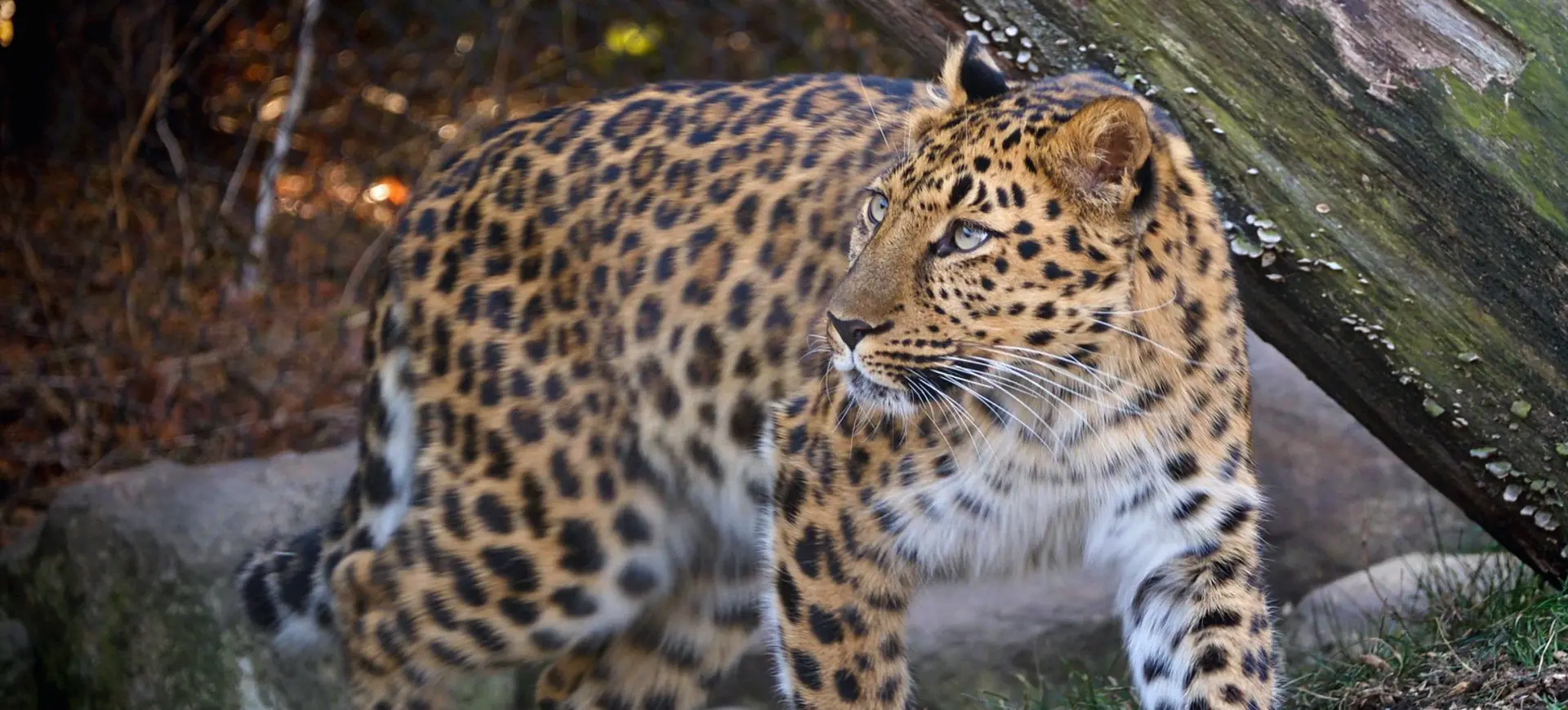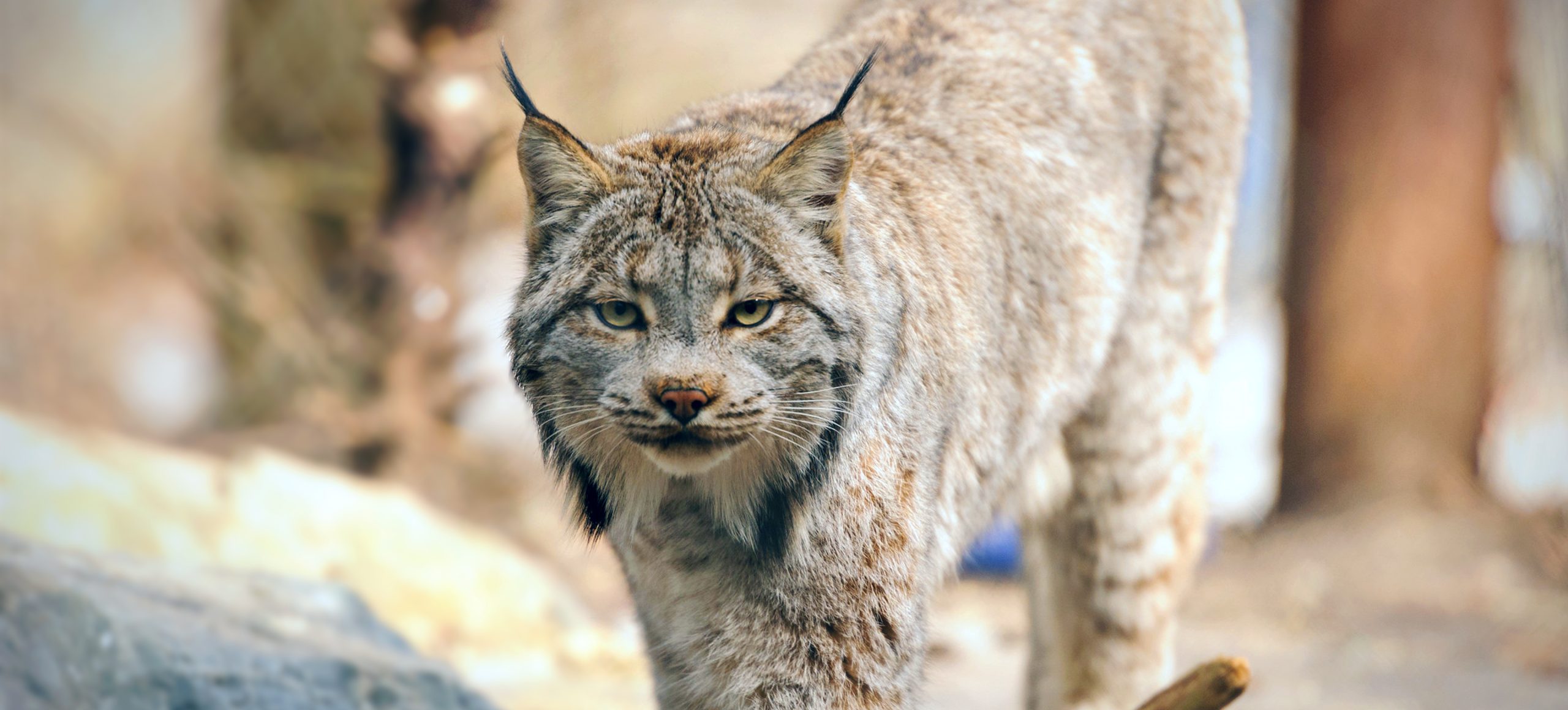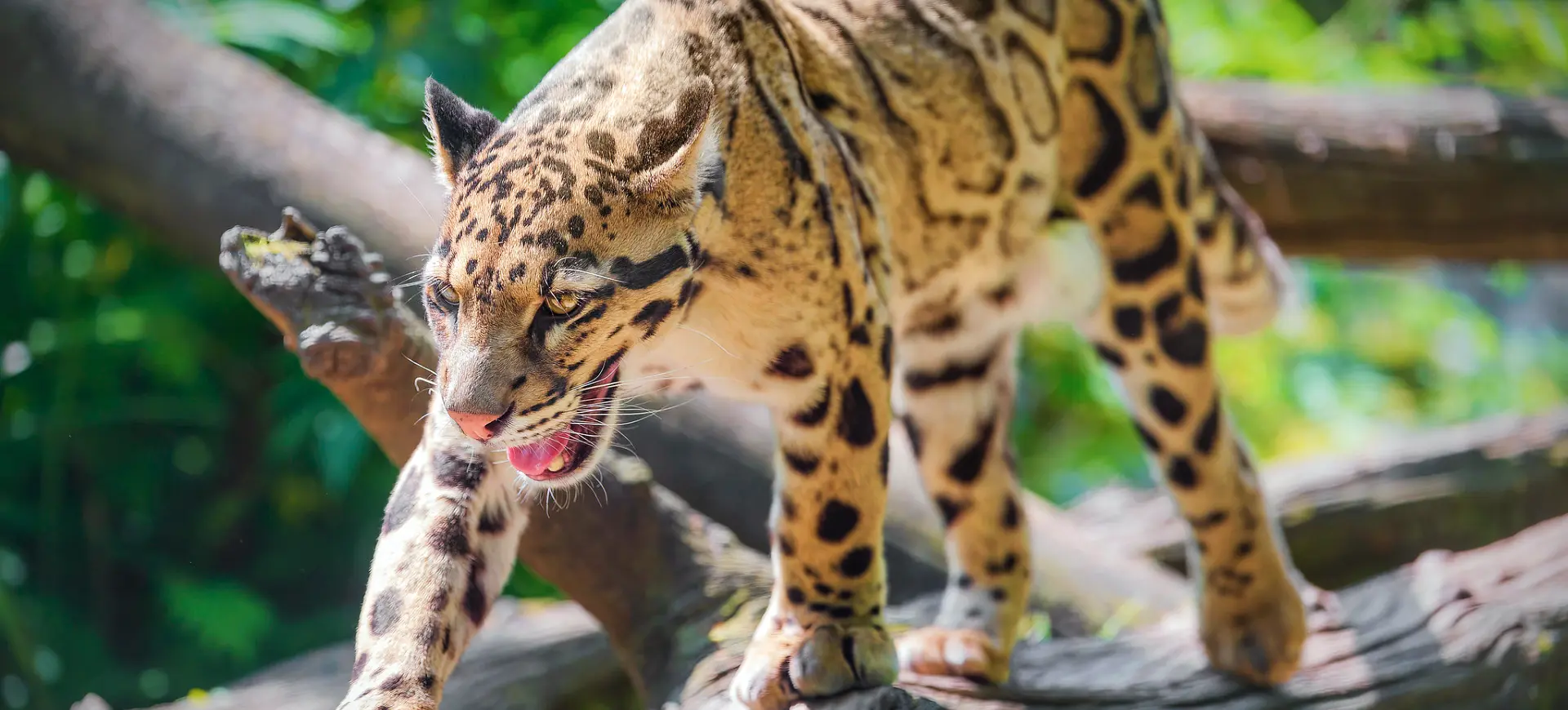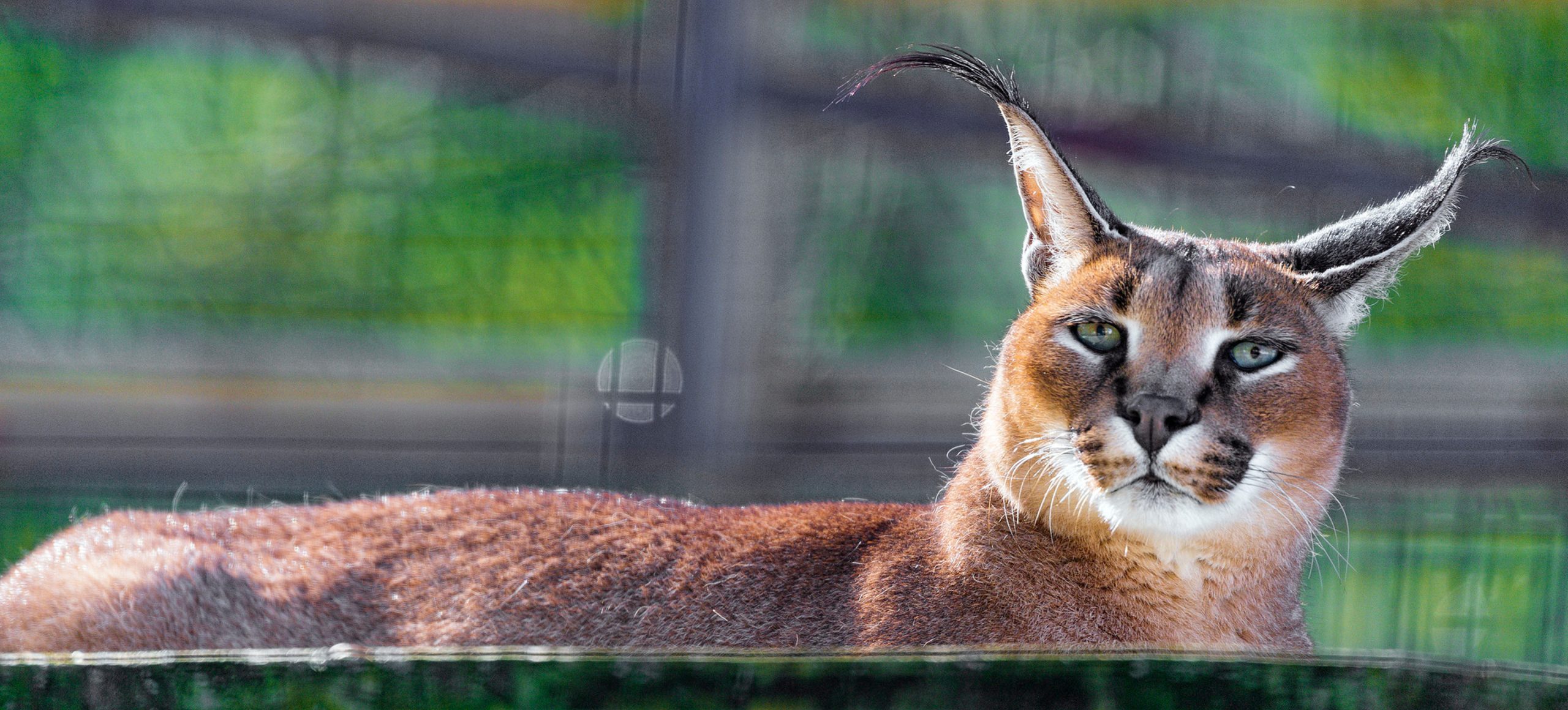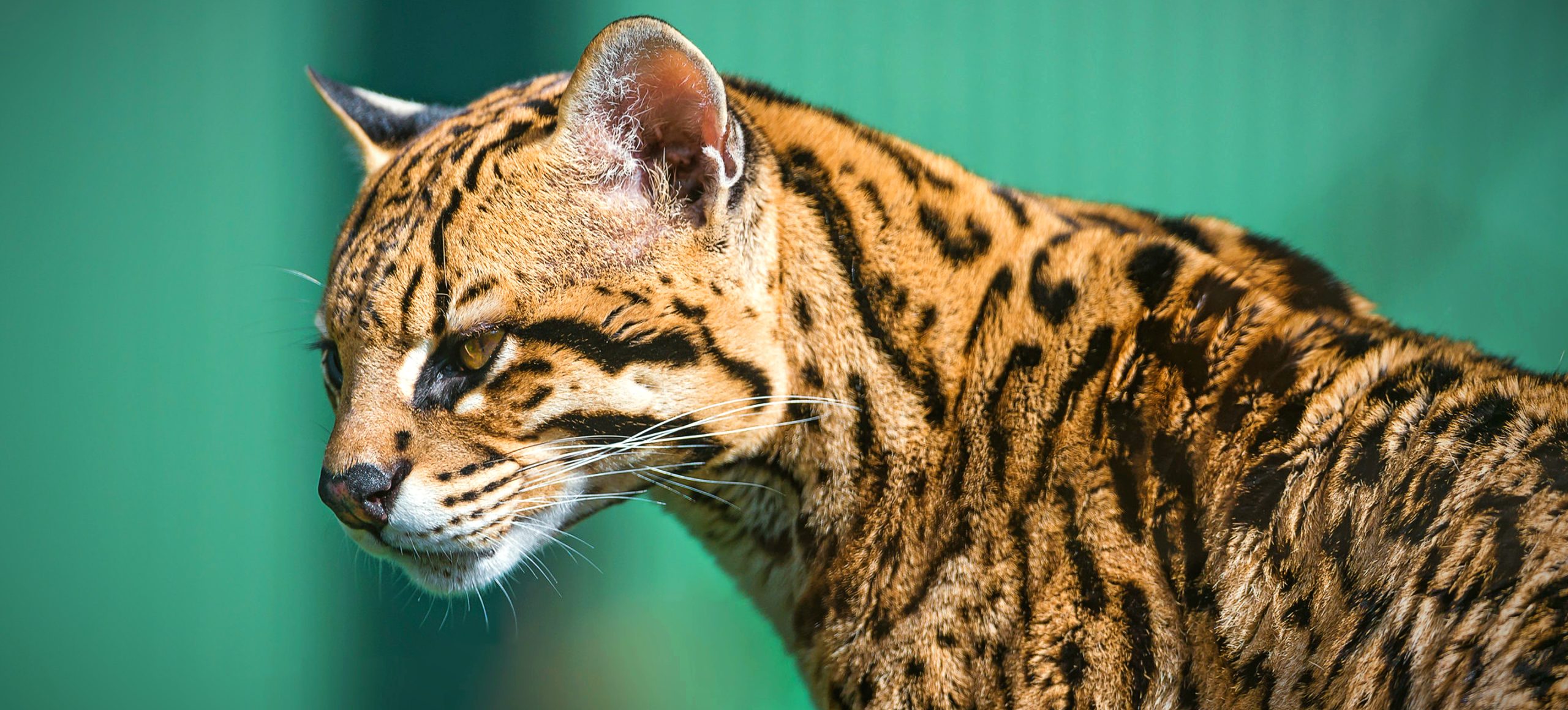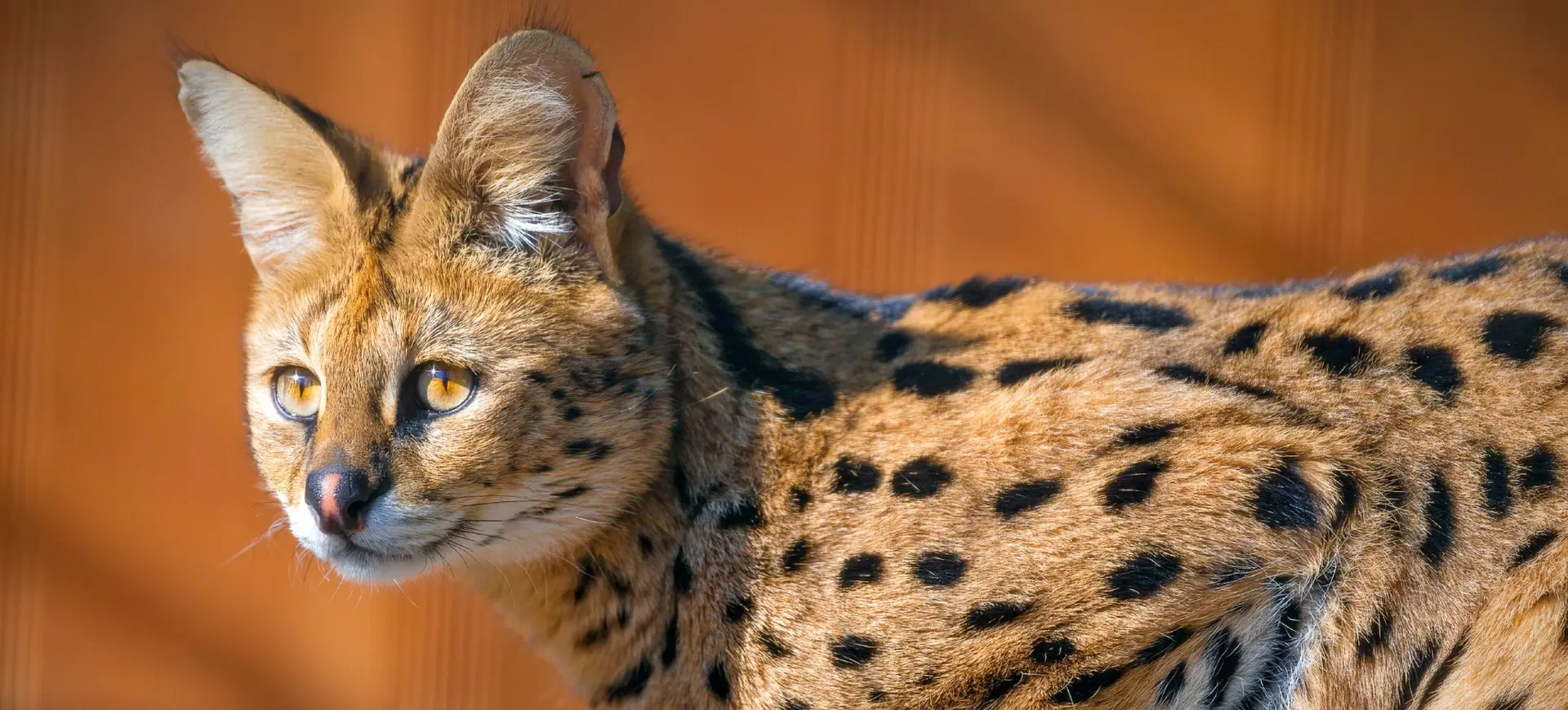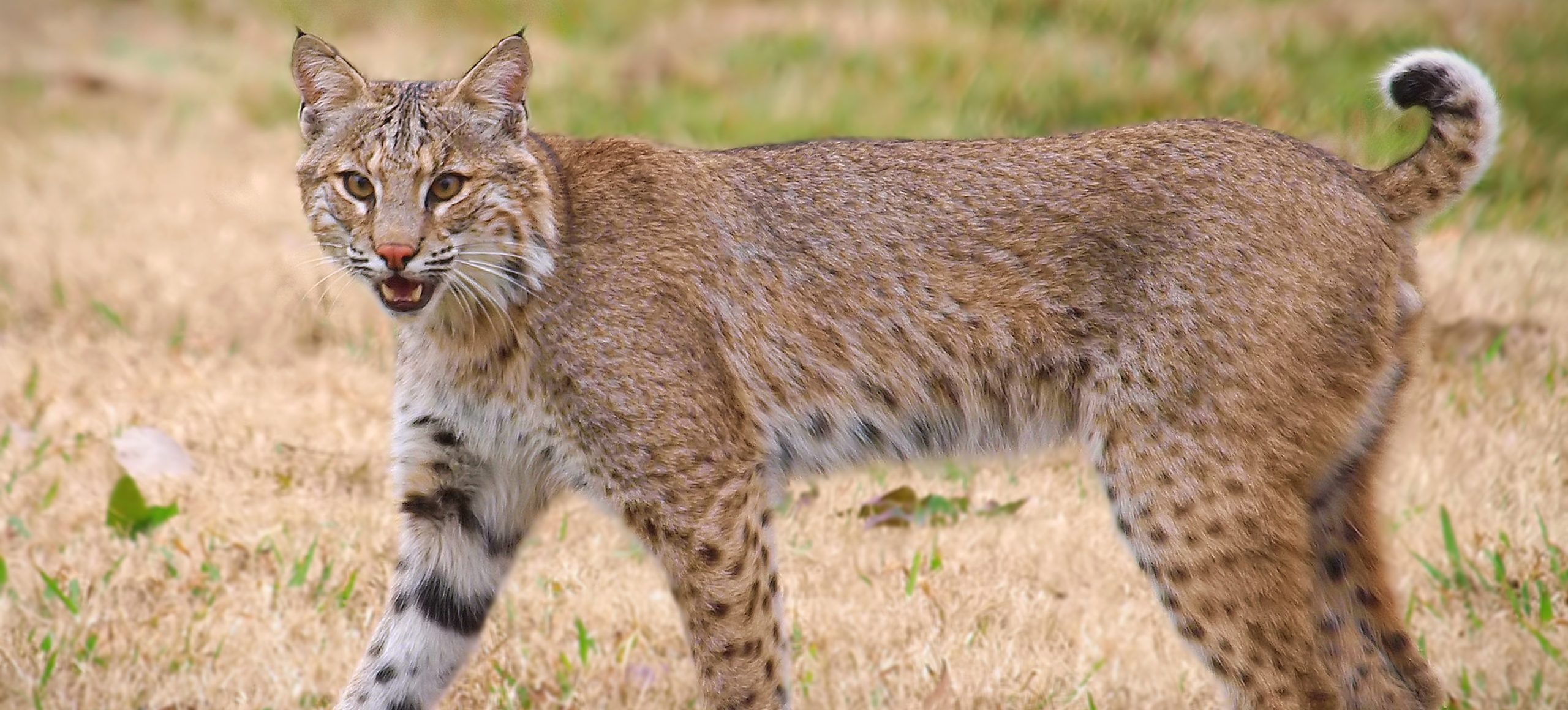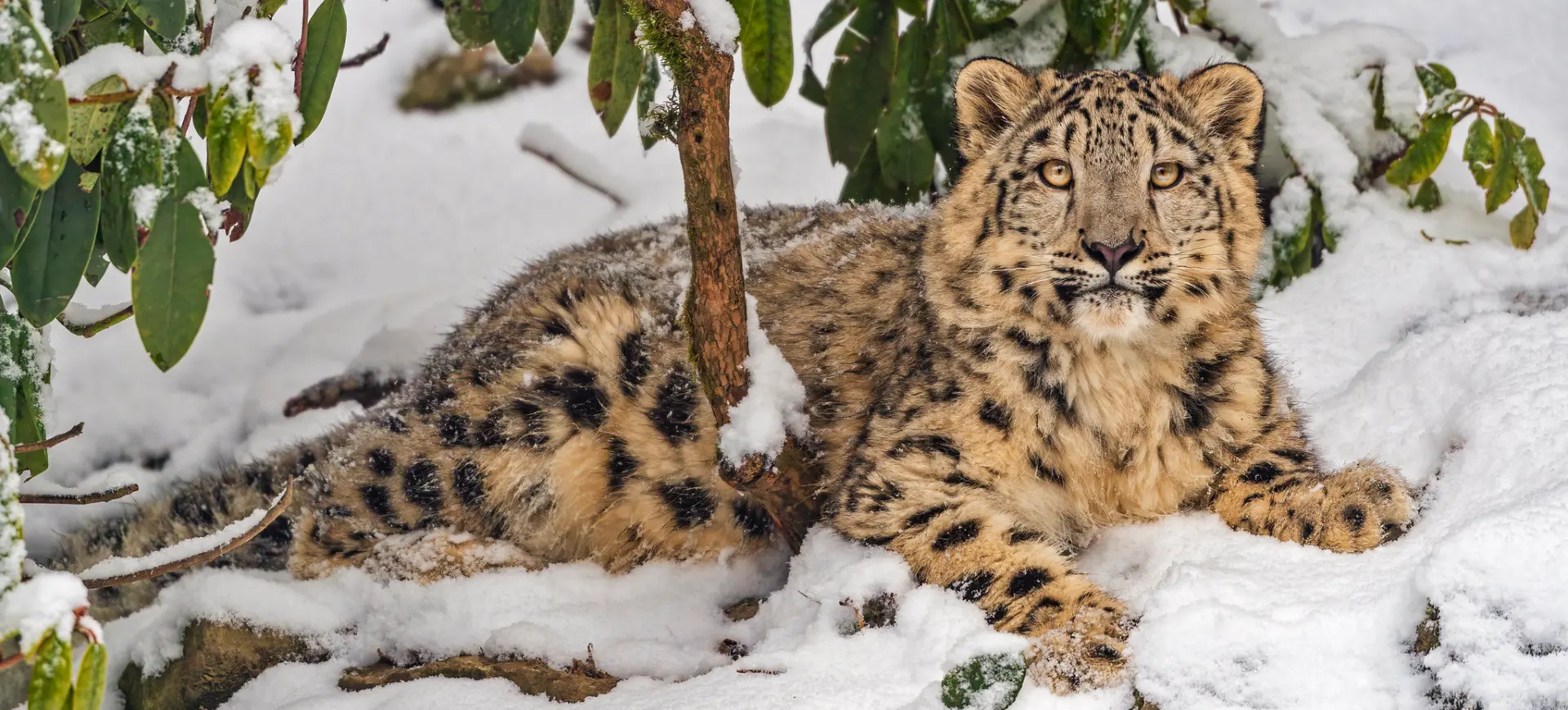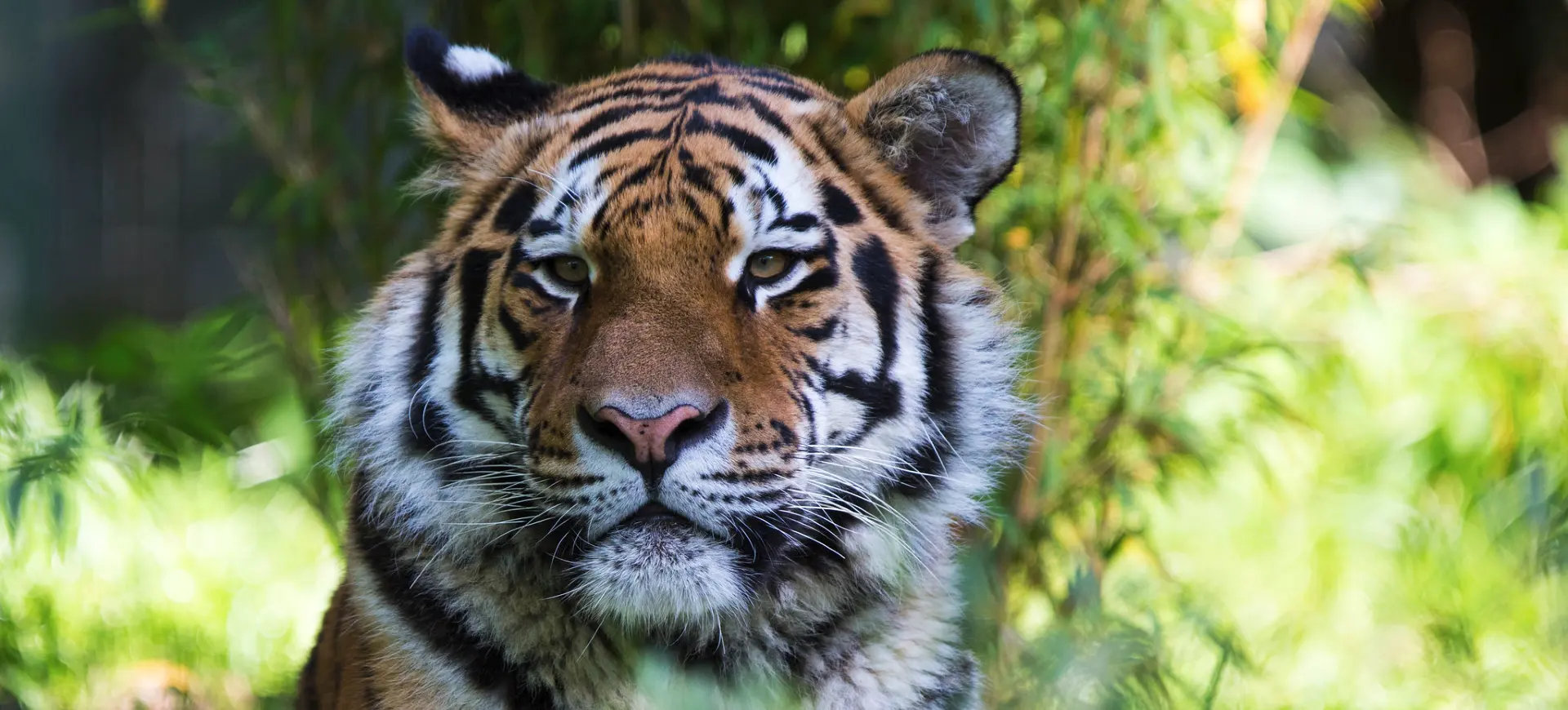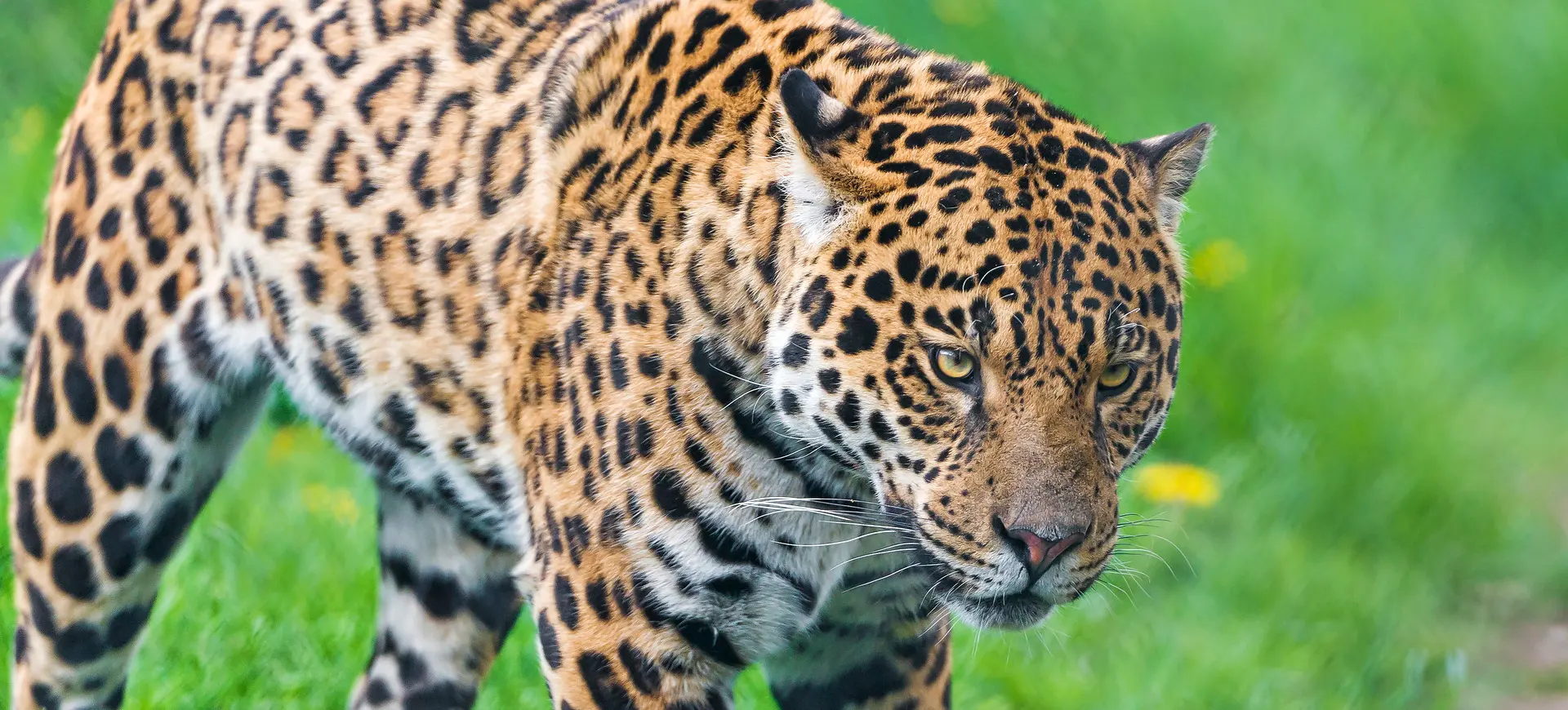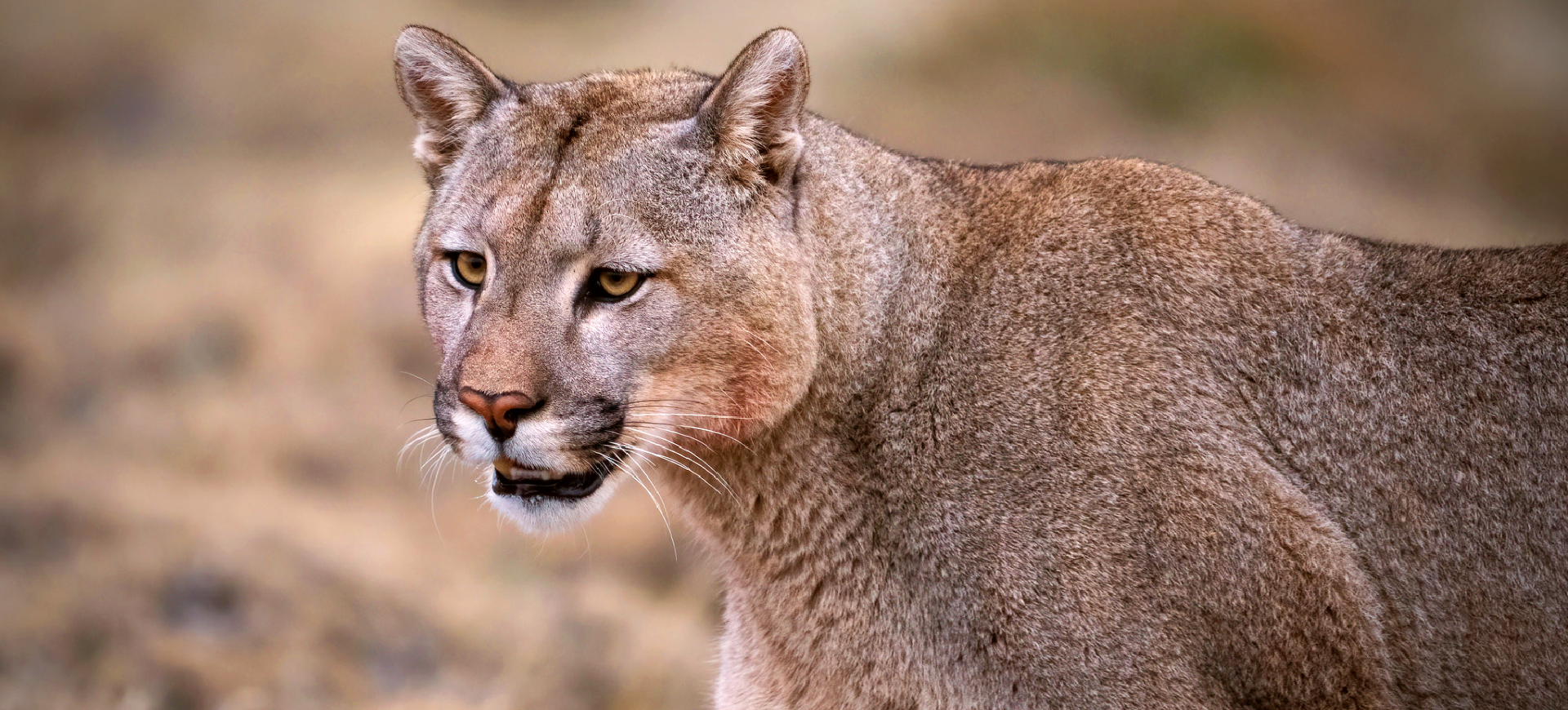Overview
The Malayan tiger (Panthera tigris jacksoni) is a subspecies of tiger native to the southern and central parts of the Malay Peninsula. This tiger holds a distinct place among the world’s largest carnivores and is a much-revered figure in Asian traditions. They are medium-sized tigers, smaller than their cousins from other geographical locations but formidable.
Their fur is usually a vivid orange, with some individuals showing a slightly more golden hue. Stripes, which range from dark brown to black, break up this orange canvas, helping the tigers to camouflage themselves within their jungle environments. These stripes are unique to each tiger, functioning much like human fingerprints. The Malayan tiger also has a white underbelly and a ruff of fur around the neck, especially in males.
Unlike other big cats, tigers are adept swimmers and strongly associated with water, often residing close to water bodies. They’re solitary animals, with males and females coming together only briefly for mating. Known for their strength and power, they are vital in maintaining the ecosystem’s health by controlling herbivore populations.
Taxonomy
Kingdom
Phylum
Class
Order
Family
Genus
Species
Sub Species
Type
Physical Description:
Like all tigers, Malayan tigers have a muscular build with powerful forelimbs, which are used for hunting. Their heads are massive and round with powerful jaws housing sharp canine teeth, useful for capturing and killing prey. They have short, thick necks, broad shoulders, and long, slender bodies, with skin covered in fur that’s softer than other large cats.
Their coats are orange with black stripes, each pattern unique to the individual, similar to a human’s fingerprints. Their bellies and the insides of their limbs are white, and they have a white ruff of fur around their necks. Their eyes are yellow with round pupils, and their ears are black with a white spot on the back, a characteristic of most big cats.

Lifespan: Wild: ~20 Years || Captivity: ~25 Years

Weight: Male: 104 - 284 lbs (47 - 129 kg) || Female: 75 - 176 lbs (34 - 80 kg)

Length: Male: 6.9 - 8.5 ft (2.1 - 2.6 m) || Female: 5.9 - 6.9 ft (1.8 - 2.1 m)

Height: Male: 3 ft (0.9 m) || Female: 2.6 ft (0.8 m)

Top Speed: 37 mph (60 km/h)
Characteristic:
Native Habitat:
Malayan Tigers are predominantly found in the central and southern parts of the Malay Peninsula. They inhabit many habitats, including the highland and lowland rainforests and coastal mangroves. The dense vegetation and abundant prey in these habitats make them ideal for tigers.
The tigers prefer areas with cover for stalking prey and access to water. Each tiger establishes a territory, the size of which typically depends on food availability. Male territories often overlap with those of several females but rarely with other males. Tigers are excellent swimmers and are frequently found near water bodies.
Climate Zones:
Biomes:
WWF Biomes:
Biogeographical Realms:
Continents:
Countries:
Diet:
Diet & Feeding Habits:
Malayan Tigers, as apex predators, play a vital role in maintaining the balance of the ecosystem. They primarily feed on ungulates, such as Sambar deer, Barking deer, Wild boar, and Banteng. They are also known to eat monkeys, birds, and other small mammals without larger prey. Their hunting method is primarily stalking and ambush, preferring to get as close as possible to their prey before launching a swift and fatal attack, usually targeting the throat.
While they are largely nocturnal hunters, Malayan Tigers are opportunistic and can hunt anytime, day or night. They have a high-speed burst for catching prey but lack the stamina for long chases, so they rely on stealth. An adult Malayan Tiger consumes about 18kg of meat at one time and can go for days without another substantial meal.
Mating Description:
Like other big cats, the Malayan Tiger’s mating habits are quite unique. Tigers are solitary animals and only come together during the mating season. Males and females communicate their readiness to mate through scent marking and vocalizations.
Once a pair has formed, they frequently mate over several days to ensure successful fertilization. After mating, the male and female part ways, and the female raises the cubs. This solitary lifestyle continues until the next mating season when the process begins anew.
Reproduction Season:
Birth Type:
Pregnancy Duration:
Female Name:
Male Name:
Baby Name:
Social Structure Description:
Malayan Tigers are solitary animals, only coming together for mating. An adult male’s territory often overlaps with those of several females but rarely with other males. Tigers mark their territories with scent marking to keep rivals at bay.
Even though they are solitary, tigers are not completely antisocial. They occasionally share their kills with others and have been observed forming temporary ‘social’ groups. Female tigers also demonstrate social behavior, with mothers and cubs staying together until the cubs are old enough to establish their territories.
Groups:
Conservation Status:
Population Trend:
The Malayan tiger, once abundant throughout the Malay Peninsula, has drastically declined due to rampant poaching and habitat loss. It is estimated that fewer than 500 individuals survive in the wild, making them a critically endangered species. These tigers exist in isolated populations due to fragmented habitats, leading to a lack of genetic diversity and inbreeding, which seriously threatens their survival.
The highest densities of Malayan tigers are thought to be in the forest reserves of the Taman Negara National Park, Endau-Rompin National Park, and Royal Belum State Park. However, even in these protected areas, the tigers risk poaching. The survival of the Malayan tiger in the wild hangs in the balance as it battles against these man-made threats.
Population Threats:
The biggest threats to the Malayan tiger population are habitat loss and poaching. As the forests of the Malay Peninsula are converted into palm oil plantations, logging sites, and urban developments, the tiger’s habitat is increasingly fragmented, leading to isolated populations and a decrease in prey availability.
Poaching poses an even more immediate threat. Despite legal protection, tigers are often killed for their skin and body parts, which are highly valued in traditional Asian medicine. In addition, they often conflict with humans when they prey on livestock, leading to retaliatory killings. These combined threats have led to a rapid decline in tiger populations and continue to pose a significant challenge to their survival.
Conservation Efforts:
Conservation efforts for the Malayan tiger involve both in-situ (on-site) and ex-situ (off-site) strategies. On-site efforts include anti-poaching patrols, habitat restoration, and human-tiger conflict mitigation. Protected areas like the Taman Negara National Park have been established to provide safe habitats for the tigers.
Off-site efforts include captive breeding programs in zoos worldwide, aiming to maintain genetic diversity within the population and potentially reintroduce tigers into the wild. Conservation organizations also work to raise awareness about the plight of the Malayan tiger and lobby for stricter regulations on poaching and deforestation.
Additional Resources:
Fun Facts
- Each tiger has a unique set of stripes, much like human fingerprints.
- Unlike many cats, tigers are excellent swimmers and often cool off in pools or streams.
- A tiger’s roar can be heard as far as two miles away.
- Tigers have antiseptic saliva – they lick their wounds to disinfect them.
- The Malayan tiger was only recognized as a separate subspecies in 2004.
- Tigers’ hind legs are longer than their front legs, allowing them to leap forward distances up to 10 meters.
- An adult Malayan tiger can consume up to 40 kg of food at one time.
- Tigers are known to mimic the call of other animals to successfully attract prey.
- Tigers have a very diverse diet and can eat up to 87 different species of animals.
- The white spots on the back of a tiger’s ears are called “ocelli” or “eye spots,” which are thought to function as false eyes or to make it look larger to any predator approaching from behind.






